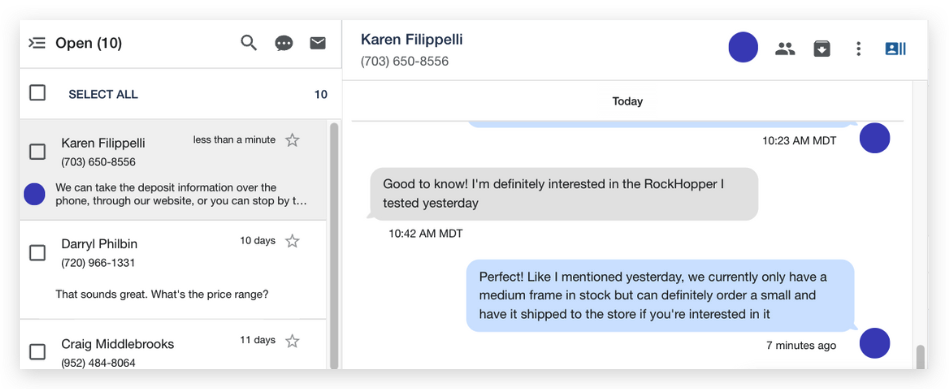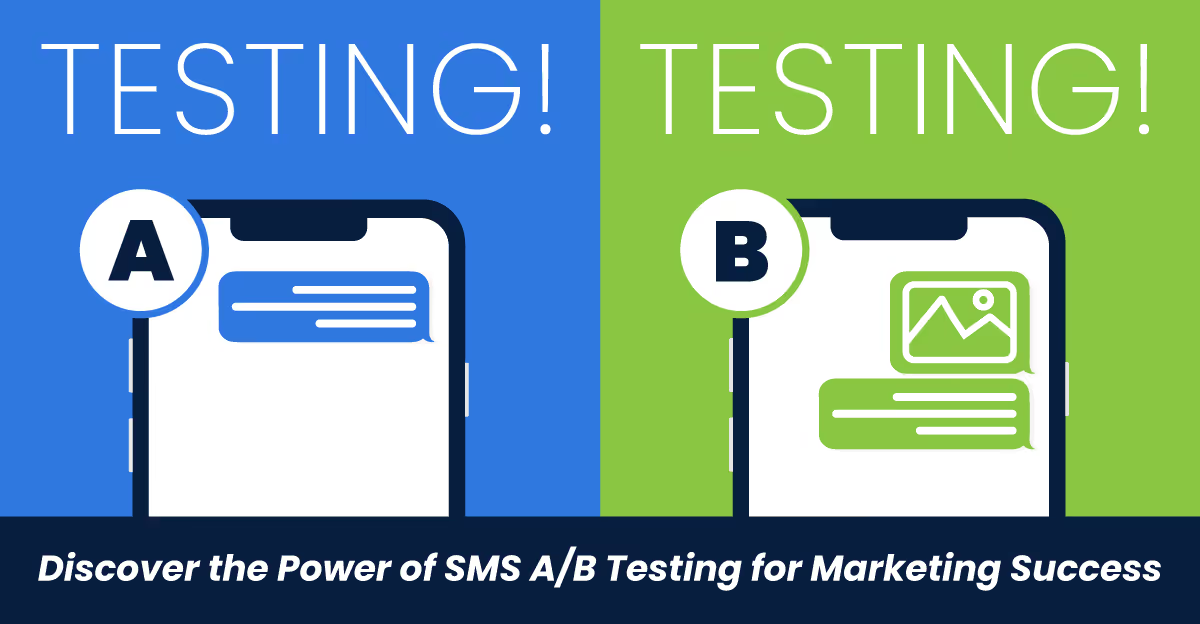Short Code vs Long Code for SMS Marketing

SMS marketing has become an increasingly popular way to reach out to customers. Businesses are constantly looking for ways to send out their latest offers and promotions through this channel. While SMS marketing has been very effective, there is confusion around which type of number to use – a short code or a long code. In this blog post, we will explore the pros and cons of each to determine which is the best fit for your business.
Short Codes
Short codes are five to six-digit numbers. These numbers are generally used for sending mass messages with a higher throughput rate. Short codes are used for sending automated messages such as notifications, two-factor authentication codes, or sales promotions. One advantage of using short codes is that they tend to be easier for customers to remember and recognize. They can be used in advertising materials to increase visibility too. Below we’ve outlined some key pros and cons for you to consider:
Pros of Short Code
- Easy to Remember and PersonalizeShort codes are easy to remember and personalize, which is great for your customers and your brand. A short code can be customized to include your business name or a keyword that reflects your product or service. This personalization can make your messages more memorable and help differentiate your messages from competitors. Additionally, using a short code reduces the chances of your messages being marked as spam or blocked, as the customers can easily identify the sender and opt-in to receive future messages.
- Increased Campaign EffectivenessShort codes can help increase the effectiveness of your SMS campaigns in various ways. For example, they can be used to track the success of specific campaigns and analyze customer behavior. This allows businesses to adjust their campaigns according to customers’ responses and engagement rates. Short codes can also provide more detailed reporting on message delivery, opt-in rates, and response rates than regular phone numbers.
Cons of Short Code
- High CostShort code service can be expensive, especially for small businesses. Organizations need to pay a one-time setup fee of $1,000-$5,000 and monthly fees of $500 to $1,500. The cost will go even higher if you opt for a vanity code. Therefore, if you're on a tight budget, a short code may not be the best option for you.
- Marketing LimitationsShort codes come with various restrictions, such as character limits and specific keywords, making it difficult for you to tailor your SMS messaging according to your marketing objectives. With these limitations in place, your campaigns may fail to connect with your targeted audience, who may feel like they're being forced into responding to a generic message.
- Slow Approval ProcessBefore you can use a short code, you need to get it registered with the Common Short Code Administration (CSCA). The process can take up to 12 weeks to complete, which is a long time when you're working on a time-sensitive SMS marketing campaign. This slow approval process might impact your marketing goals and may cause lower effectiveness.
- Potential SpammingMarketers risk the chance of being labeled as spam if the SMS messages do not follow best practices and contain information the consumer did not request. A violation or misuse of the rules may lead to suspension of short code or other penalties. For this reason, marketers should be cautious by providing an opt-out option and using it only after receiving the customer’s consent.
- Customer Trust IssuesSending marketing messages to customers without their consent or disregarding unsubscribe requests will lead to them feeling betrayed by your brand. This can result in losing their trust, which is detrimental to your business in the long-run. With short code, customers may not recognize the sender as they may perhaps not remember signing up in the first place, again leading to suspicion on whether the information sent is valid.
Long Codes
Long codes are 10 digit phone numbers and are used to communicate one-on-one between the business and customers. These numbers are more personalized and offer a more personalized experience. As such, it is the perfect choice for businesses that would want to maintain a personalized relationship with customers. Since long codes are regular phone numbers, they come with no regulatory restrictions making it easier to register and maintain them. This makes long codes an ideal choice for small businesses. On the downside, long codes may have a lower throughput rate than short codes. Long codes can also be used for other business communication purposes, such as customer feedback, appointment reminders, and support queries, and not just for SMS marketing. And they’re cheaper, making them an ideal option for small businesses. Below we’ve outlined some key pros and cons for you to consider when thinking about if a long code would be best for your business:
Pros of Long Code
- Personalized communicationLong codes allow businesses to send personalized messages to their customers. With long codes, marketers can not only send messages but also reply to customers' queries and engage in two-way conversations, making it an excellent tool for customer service. Personalized messages create a stronger connection between the business and customers, and this, in turn, boosts customer engagement.
- Cost-effectiveLong codes are considerably less expensive than short codes. Short codes are usually associated with large corporations that can afford to spend thousands of dollars on them, while long codes are affordable for small businesses as well, making it an excellent option for businesses of any size. With long codes, businesses can reach out to their customers without paying exorbitant prices.
- Greater flexibilityLong codes offer marketers more flexibility when it comes to SMS marketing campaigns. With long codes, it's possible to send longer messages, thus allowing businesses to include more information than they would with short codes. This enables marketers to communicate more effectively and provide customers with more context and details.
- Increased deliverabilityLong codes have a higher likelihood of getting delivered compared to short codes, which is due in part to the increased tolerance for traffic congestion. Long codes are dedicated numbers that don't get shared with anyone else, which guarantees deliverability and ensures that messages are delivered correctly.
- Improved customer experienceLong codes help businesses offer an improved customer experience. Since long codes are dedicated numbers, customers don't have to worry about receiving spam messages, which can be a concern with short codes. With long codes, businesses can maintain a positive relationship with their customers, leading to increased customer loyalty.
Cons of Long Code
- Message DelaysLong codes are essentially phone numbers, and therefore, they have limitations that can delay message delivery, depending on the carrier. Long code messages are subject to carrier filtering, which means that if the carrier detects spam or fraud in the SMS message, the message may be delayed, or worse, not delivered at all. This can be a problem when you're trying to reach your audience in real-time.
- Lack of BrandingLong codes lack branding features, unlike short codes. Short codes make it easier for your customers to recognize your brand and help with brand awareness. Long codes, on the other hand, are just phone numbers, which can be easily ignored or confused with other phone numbers.
Which to Use?
The choice between short codes and long codes is dependent on the need of the business. Short codes are ideal for sending automated messages in a mass communication channel if you have the budget. While long codes are better for personalized conversations with customers. For small businesses, long codes are ideal as they offer the flexibility of being managed and monitored in-house.Both short and long codes have their advantages and disadvantages. For businesses, depending on their specific requirements, choosing one over the other can make or break the SMS marketing venture. Companies should consider the costs, setup fees, marketing goals, and audience size before deciding on the SMS code to use. For small to medium sized businesses and for longer term strategies, long codes are the more viable option. But larger corporations may benefit more from using short codes due to their high throughput, allowing them to reach out to a large audience in a shorter period. As always, the success of the SMS campaign depends on the quality and relevance of the messages sent, not just the code used.

Continue Reading
Business Texting
Built for Results
Create and convert pipeline at scale through industry leading SMS software


.png)

